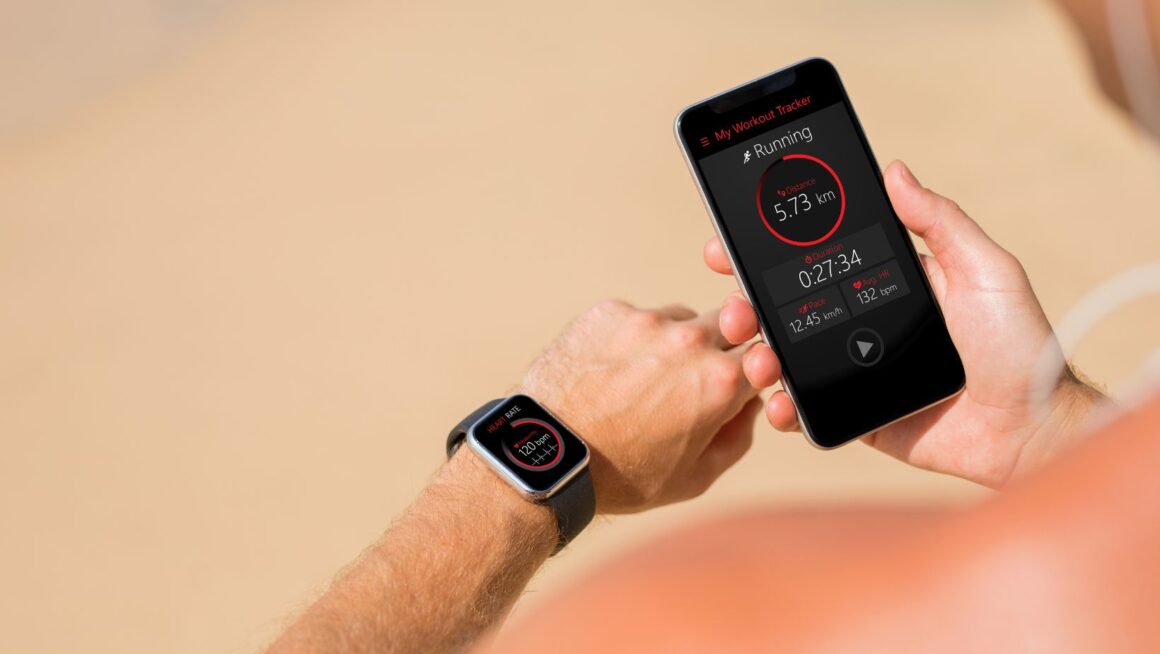Wearable technology has come a long way since the days of simple pedometers and fitness trackers. Today, wearables encompass a wide range of devices designed to enhance our lives in various ways, from health monitoring to augmented reality. As technology continues to advance, the future of wearables promises even more exciting developments. This article explores the potential of wearable technology beyond fitness tracking, delving into innovations that could revolutionize our daily lives.
Table of Contents
ToggleHealth and Medical Monitoring
Advanced Health Metrics
While fitness trackers have become commonplace, the next generation of wearables aims to provide even more detailed health insights. Future devices will be capable of monitoring advanced health metrics such as blood glucose levels and hydration status and even detecting early signs of diseases. These wearables will not only track your daily activity but also provide real-time health diagnostics, helping to prevent medical issues before they become serious.
Personalized Healthcare
Wearables are set to play a significant role in personalized healthcare. By continuously monitoring an individual’s health data, these devices can offer tailored health advice and treatment plans. For instance, smartwatches could alert users to potential health risks and recommend lifestyle changes or medical consultations based on their unique health profiles.
Augmented and Virtual Reality
Enhanced AR Experiences
Augmented reality (AR) is transforming the way we interact with the world, and wearables are at the forefront of this change. Future AR glasses and headsets will overlay digital information onto the real world, providing users with seamless and immersive experiences. From navigating city streets to enhancing educational and training programs, AR wearables will offer endless possibilities for both personal and professional use.
Virtual Reality Integration
Virtual reality (VR) wearables are also evolving, with devices becoming more compact and accessible.

These wearables will enable users to enter fully immersive virtual environments for gaming, socializing, and working. Imagine attending virtual meetings or exploring new worlds from the comfort of your home, all through a lightweight VR headset.
Fashion and Lifestyle
Smart Clothing
The integration of technology into clothing is an exciting frontier for wearables. Smart fabrics embedded with sensors and conductive materials will offer various functionalities, from regulating body temperature to providing posture correction. These innovations will not only improve comfort and convenience but also open new avenues for fashion designers to create interactive and responsive garments.
Fashionable Wearables
As wearables become more integrated into our daily lives, there is a growing emphasis on aesthetics. Future wearable devices will blend seamlessly with fashion, offering stylish and discreet options that do not compromise on functionality. This trend will make wearable technology more appealing to a broader audience, encouraging widespread adoption.
Connectivity and Smart Living
Seamless Integration
The future of wearables lies in their ability to seamlessly integrate with other smart devices and systems. From smart homes to connected cars, wearables will act as central hubs that streamline and simplify our interactions with technology. For example, a smartwatch could automatically adjust your home’s thermostat, unlock your car, and even manage your daily schedule.
Enhanced Security
Wearables will also enhance personal security through advanced biometric authentication methods. Devices equipped with fingerprint scanners, facial recognition, and voice identification will offer secure and convenient access to various services and applications. This level of security is particularly beneficial for activities such as online transactions and accessing sensitive information.
Entertainment and Gaming
The entertainment industry is set to benefit significantly from advancements in wearable technology. For instance, wearable devices could enhance gaming experiences by providing haptic feedback, motion tracking, and immersive sound. This would allow gamers to experience a more realistic and engaging environment. Additionally, wearables could be used to explore interactive content on platforms like SpinBet NZ online casino, offering a more immersive and dynamic way to enjoy online gaming.
The Environmental Impact
Sustainable Materials
As the demand for wearable technology grows, so does the need for sustainable and eco-friendly materials.

Future wearables will likely incorporate biodegradable and recyclable components, reducing their environmental footprint. Companies are also exploring ways to make wearables more energy-efficient, with solar-powered devices and longer battery life.
Ethical Manufacturing
In addition to sustainable materials, the future of wearables will involve ethical manufacturing practices. Companies will be expected to ensure fair labor conditions and reduce their carbon footprint throughout the production process. This shift towards ethical practices will make wearable technology not only innovative but also socially responsible.
Conclusion
The future of wearable technology extends far beyond fitness trackers, promising innovations that will transform health monitoring, augmented and virtual reality, fashion, connectivity, and entertainment. As these devices become more advanced and integrated into our daily lives, they will offer unprecedented convenience, security, and personalization. The ongoing development of wearable technology ensures that the future is not only smart but also more connected and immersive than ever before.



